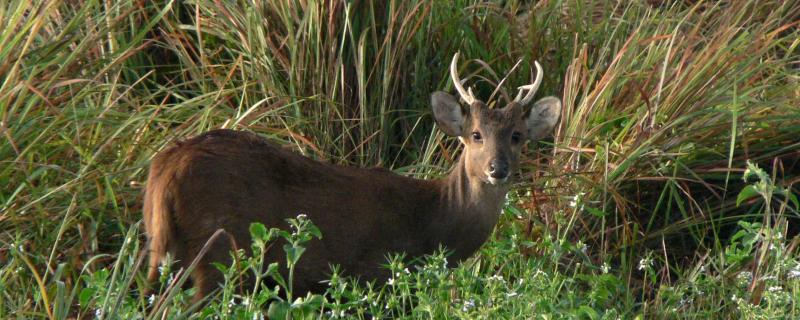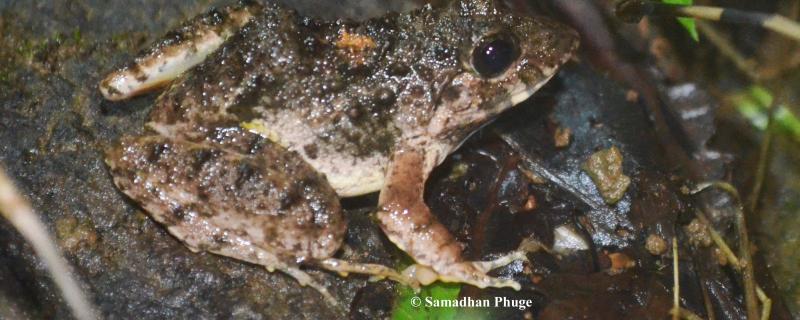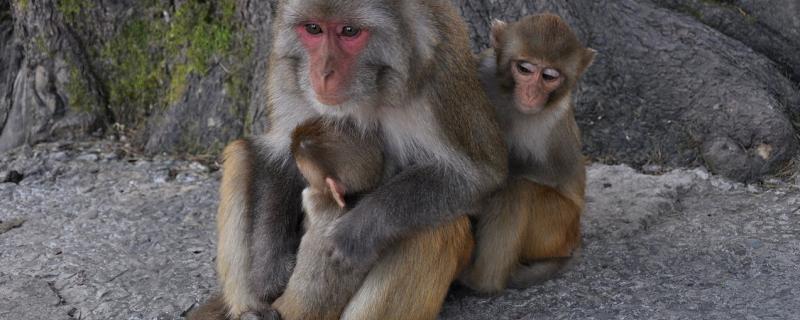Imagine you come home to your city and find no one! While it isn’t very probable in human societies, a similar phenomenon called colony collapse disorder is often found in honeybees. Here, worker bees mysteriously start disappearing from their hives, and that leaves no one to do the housekeeping, nursing and foraging. Hence, the honey bee colonies start collapsing.
Ecology
Researchers from IIT Kharagpur and the Borehole Geophysics Research Laboratory, Karad, have found evidence of microbial life in the rock samples of the Koyna-Warna region of western India.
Researchers from the Wildlife Institute of India, Dehradun, have discovered a new subspecies of hog deer (Axis porcinus) in Northeast India, which was earlier thought to have been found only in southeast Asia.
In a first, a study by researchers at the Mahatma Gandhi University, Kottayam, Kerala, has reported that microplastics have been found in the sediments of the Vembanad Lake, a wetland ecosystem recognised internationally by the Ramsar Convention.
Researchers from IISER Kolkata, have discovered that stray dogs understand our intentions and respond to them accordingly.
The year 2018 was exciting for herpetologists in India as over 20 new species of frogs and geckos were discovered here. As we ring in 2019, the excitement continues to live on as researchers from Pune’s Savitribai Phule Pune University and the Zoological Survey of India, Kolkata, have discovered a new species of cricket frog from the northern Western Ghats in Maharashtra.
Researchers at the University of Aizu, Japan, and Indian Institute of Tropical Meteorology, Pune, have proposed some improvements to existing monsoon-predicting models that could help precise prediction of the monsoon rains. An accurate monsoon forecast can help farmers plan agricultural activities and have early warning systems in place to prevent the loss of life and property by floods.
Have you ever chanced upon a tiny spider in your garden, or perhaps on the wall of an old building, that swiftly jumped away as soon as you noticed it? Chances are that you spotted a spider of the Salticidae family. Jumping spiders, as they are commonly termed, are known for their leaping abilities, active hunting behaviour and impressive vision. It is hard to imagine that these wee arachnids have evolved a complex system of signalling using colours.
Researchers from IISc, Bengaluru, and the Kerala Forest Department, have reported the presence of the human malaria parasite, Plasmodium falciparum, in two species of Indian monkeys.









